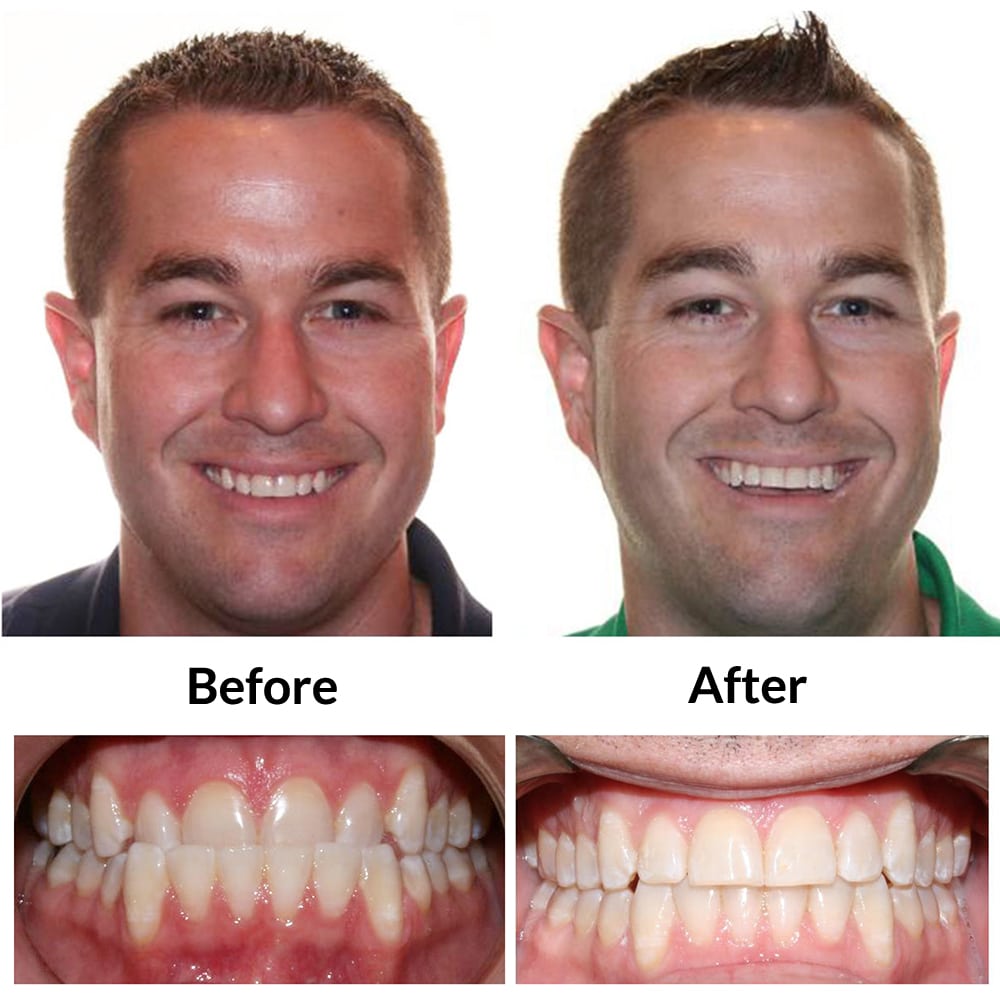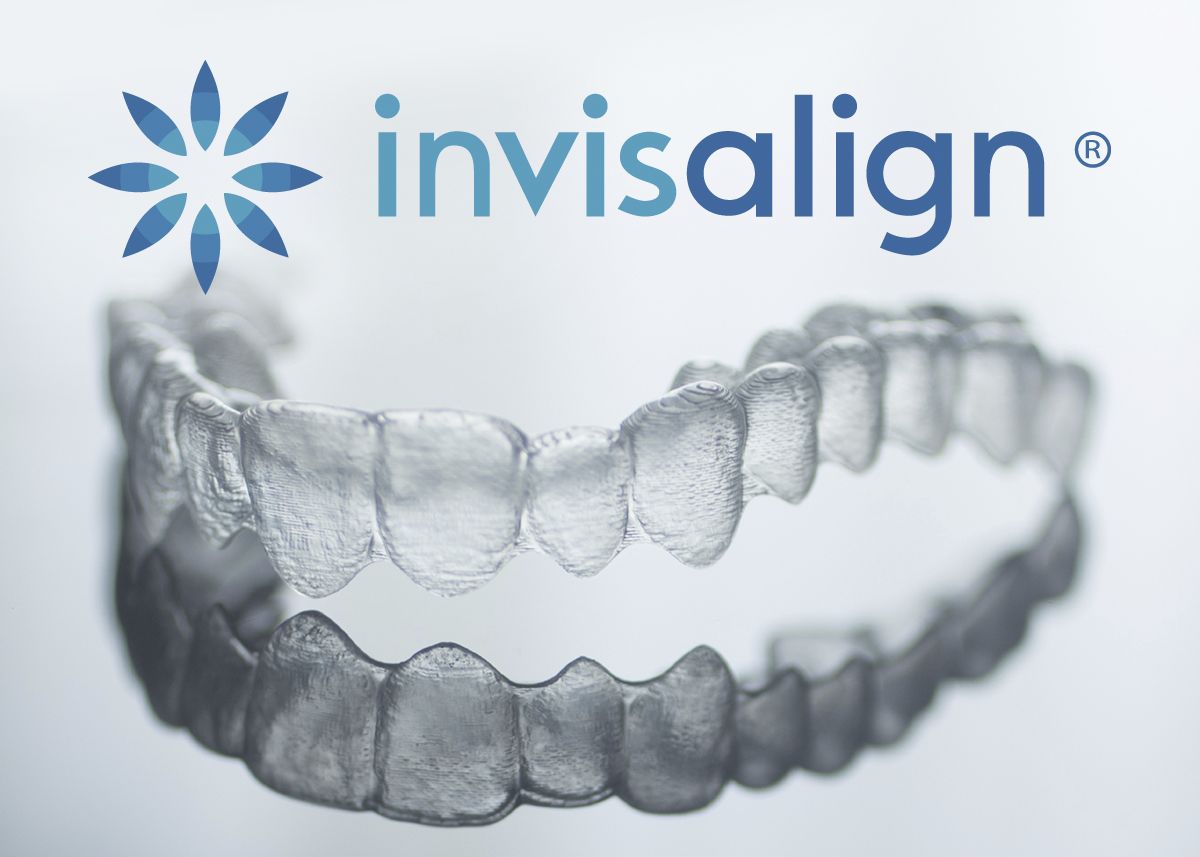Invisalign vs. Conventional Braces: Which Alternative Is Right for You?
When taking into consideration orthodontic therapy, the choice between Invisalign and traditional braces presents a number of crucial elements that merit cautious examination. Invisalign uses a discreet alternative with removable aligners, while traditional braces supply a much more visible yet efficient option for serious imbalance. Each option incorporates distinct benefits and downsides associated with looks, convenience, therapy period, and price. Recognizing these nuances is important for making an informed decision that aligns with your personal preferences and lifestyle. The concern continues to be: which option will finest fulfill your orthodontic requirements and assumptions?
Review of Therapy Options

In contrast, traditional dental braces contain metal braces and wires that are bonded to the teeth. This technique applies continuous stress with time to attain placement. While efficient for intricate orthodontic concerns, typical dental braces require regular visits for adjustments and can position difficulties in maintaining dental hygiene because of the trouble of cleaning up about brackets and cables.
Both options have their values, and the option often rests on particular dental conditions, way of living preferences, and client compliance. Inevitably, speaking with an orthodontic professional is important for determining one of the most appropriate therapy plan tailored to individual requirements. Recognizing the nuances of each choice can significantly affect the total success of orthodontic treatment.
Visual Factors To Consider
A considerable variable affecting the option between Invisalign and typical dental braces is the visual charm each treatment offers. Invisalign aligners are crafted from clear plastic, making them practically undetectable when used.
In comparison, standard braces include metal brackets and wires, which can be a lot more visible. While developments in orthodontic technology have actually resulted in the development of smaller braces and colored elastics, traditional braces still maintain a more obvious account. For some individuals, the presence of braces might prevent them from seeking necessary therapy.
Inevitably, the choice in between Invisalign and typical dental braces might pivot on personal preferences pertaining to aesthetics. Clients that prioritize discretion frequently lean toward Invisalign, while those who are much less concerned about exposure might select conventional braces. Comprehending the aesthetic effects of each choice is vital for making an informed decision that straightens with one's way of life and preferences.
Comfort and Convenience

In regards to convenience, Invisalign aligners are detachable, enabling patients to appreciate their favorite foods without restriction and maintain ideal dental health. Brushing and flossing are simplified, as the aligners can be gotten throughout these routines, whereas standard braces need cautious navigating around brackets and cables.
In addition, Invisalign's dynamic system permits fewer orthodontic brows through. People usually obtain numerous collections of aligners at the same time, which can simplify the therapy procedure and decrease time invested in the orthodontist's chair. On the other hand, traditional dental braces necessitate routine changes, making them much less practical for those with busy routines. Invisalign. Overall, the convenience and convenience of Invisalign make it an enticing selection for several people looking for orthodontic therapy.
Treatment Duration and Effectiveness
While both Invisalign and standard braces work in dealing with oral imbalances, the duration of therapy can vary dramatically in between the two alternatives. Generally, Invisalign therapy can take anywhere from 12 to 18 months, relying on the intricacy of the instance. The clear aligners work by progressively changing teeth into their desired positions, and regular follow-ups with an orthodontist assistance ensure progress remains on course.
On the other hand, typical braces typically require a longer commitment, usually varying home from 18 months to 3 years. This is because of their set nature and using check out this site brackets and wires, which can be extra effective for complicated cases and extreme misalignments (Invisalign). The therapy efficiency of typical braces is well-documented, as they enable for precise adjustments and better control over tooth movement
Inevitably, the choice in between Invisalign and conventional dental braces might pivot on both the expected therapy period and the specific dental issues handy. Consulting with an orthodontist is important, as they can supply customized recommendations based upon individual needs, making certain the picked method aligns with desired durations and results.
Cost Contrast and Insurance Coverage Alternatives
Price plays a significant duty in the decision-making process for people taking into consideration orthodontic treatment, whether opting for Invisalign or conventional dental braces. Typically, the price of Invisalign ranges from $3,000 to $8,000, while typical braces typically cost between $2,000 and $6,000. Factors influencing these expenses consist of the complexity of the instance, the period of therapy, and geographical area.
Many dental insurance strategies supply partial insurance coverage for orthodontic treatments, but the specifics can vary commonly. Typically, traditional dental braces might be more regularly covered by insurance coverage strategies compared to Invisalign, which some insurance companies categorize as an aesthetic treatment.
Additionally, numerous orthodontic methods offer versatile layaway plan, making both therapy choices extra accessible. Clients ought to ask about prospective funding choices and discount rates for upfront repayments. Evaluating the total price, consisting of insurance coverage advantages and layaway plan, is vital for making an informed choice that lines up with both visual preferences and budget plan considerations.

Final Thought
In summary, the selection in between Invisalign and conventional braces pivots on several factors, consisting of aesthetic preferences, convenience, therapy duration, and expense. his response Invisalign provides a discreet, removable alternative that assists in dental health and nutritional flexibility, while traditional braces may be preferable for complex dental problems and usually come with a lower cost factor. Inevitably, consultation with an orthodontist is vital to assess private circumstances and identify the most suitable therapy choice for achieving optimal dental alignment.
When thinking about orthodontic therapy, the selection in between Invisalign and traditional dental braces provides several important aspects that merit careful examination.Contrasting Invisalign and standard braces discloses distinct therapy options for orthodontic correction.While both Invisalign and typical braces are reliable in dealing with oral imbalances, the period of treatment can differ considerably between the 2 choices.Cost plays a substantial function in the decision-making process for individuals considering orthodontic therapy, whether choosing for Invisalign or traditional braces.In summary, the choice in between Invisalign and standard braces pivots on multiple factors, consisting of aesthetic preferences, convenience, treatment duration, and cost.